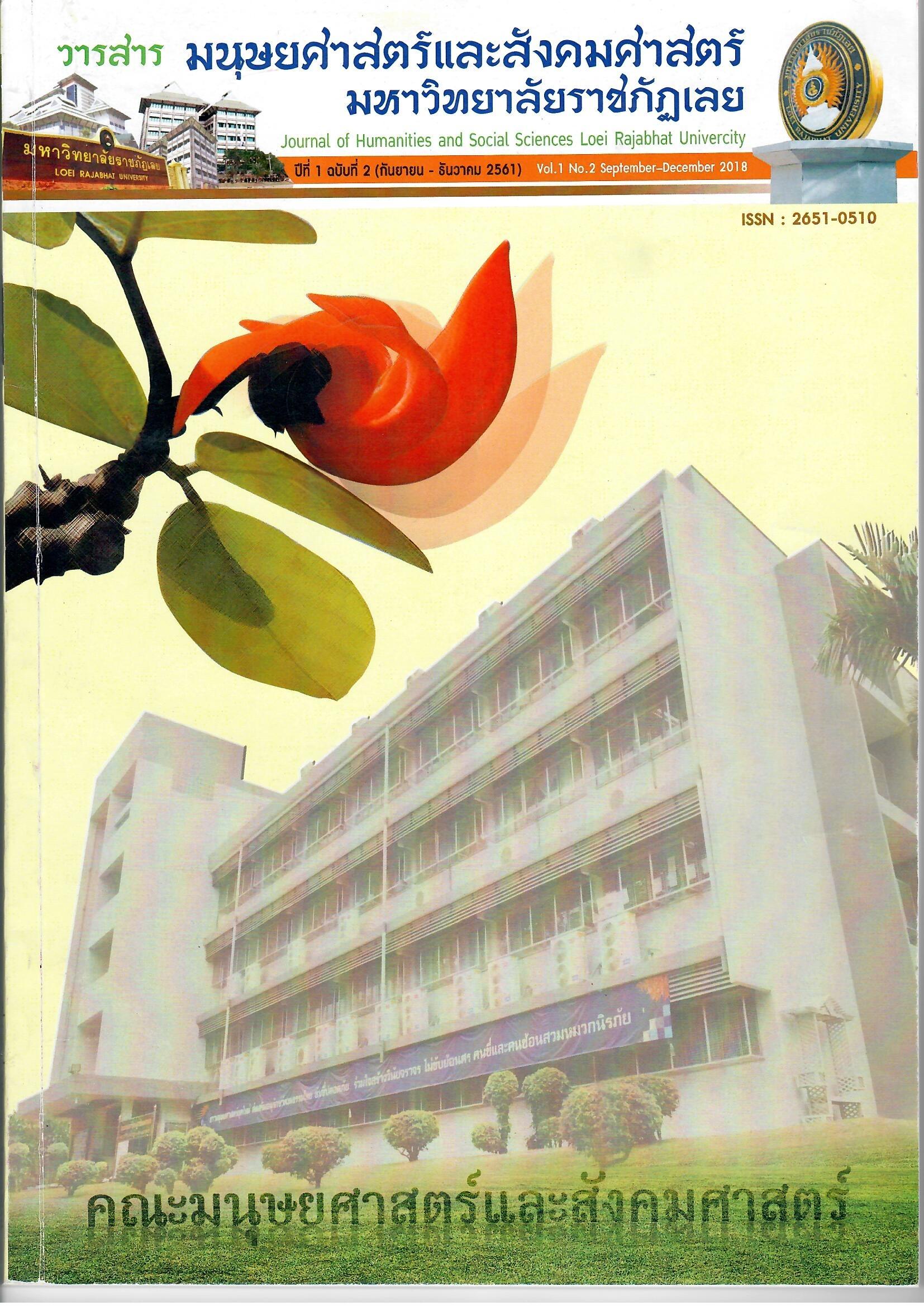Myth of Liquor in Context of Thai Society
Abstract
This research study was aimed to study 1) the background and 2) the myth of liquor in Thai society. Sign, discourse and Myth were used for analyzing and presenting the data in through Descriptive Analysis process.
The results of the study revealed that the original background of liquor was uncertainly known. In Buddhism, alcohol drinks or liquor was found in the Kumpa Jataka in which the story cited the literature Ramayana, churning of milk ocean. The myth of alcohol liquor in context of Thai society can be classified into 3 issues as follows. 1) Liquor in the context of rural and urban Thai societies, it was found that people living in rural area preferred drinking for relieving their tiredness and drinking in case they had to attend the traditional events in order to express their social relation. Meanwhile, people in urban society preferred drinking to reduce stress and joining social activities. 2) Taste and liquor consumers, the myth hidden in alcohol drinking behavior indicated the classes of people. Drinking expensive imported alcohol or wine before dining was classified as high social class. Drinking brandy indicated the status of middle-social class. On contrary, drinking cheaper alcohol liquors indicated the status of being low-income. 3) Liquors and consumerism society, it was found that alcohol liquor was a legally controlled product whereas homemade liquor was illegal and the producer must apply for establishing a factory to legally manufacture liquor, as their so-called local wisdom product. This made liquor products manufactured from the factory become the capitalism traders’ monopoly products.
References
รัฐศาสตร์. กรุงเทพฯ : วิภาษา.
นพพร ประชากุล.บรรณาธิการ. (2550). มายาคติ. กรุงเทพ : โครงการจัดพิมพ์คบไฟ, 2551
“แนวคิดสัญวิทยาและการสร้างความหมาย.” [ระบบออนไลน์]. แหล่งที่มา
http://www.pantown.com/board.php?id=7815&name=board2&topic=14&action=
view (12 เมษายน 2561)
มหาจุฬาลงกรณราชวิทยาลัย. (2554). พระไตรปิฎกภาษาไทย ฉบับมหาจุฬาลงกรณราชวิทยาลัย.
จัดพิมพ์เพื่อเฉลิมพระเกียรติพระบาทสมเด็จพระเจ้าอยู่หัว เนื่องในโอกาสพระราชพิธี
มหามงคลเฉลิมพระชนพรรษา 7 รอบ. กรุงเทพฯ: โรงพิมพ์มหาจุฬาลงกรณราชวิทยาลัย.
ราชบัณฑิตยสถาน. (2531). พจนานุกรมฉบับราชบัณฑิตยสถาน พ.ศ. 2525. กรุงเทพมหานคร :
สำนักราชบัณฑิตยสถาน.
วิทวัส ทวีพรกิจกุล. (2556). มายาคติในการสร้างค่านิยมระหว่างสุราและความยากจน.
วารสารรัฐศาสตร์และรัฐประศาสนศาสตร์ มหาวิทยาลัยธรรมศาสตร์ ปีที่ 4 ฉบับที่ 1
หน้า 259 - 275
สมเกียรติ ตั้งนโม. (แปลและเรียบเรียง). (2550). “สัญศาสตร์ การศึกษาเรื่องเครื่องหมาย –
Semiology the study of signs.” มหาวิทยาลัยเที่ยงคืน [ระบบออนไลน์]. แหล่งที่มา
http://www.midnightuniv.org/midarticle/newpage12.html
สรณี วงศ์เบี้ยสัจจ์. (2544). รายงานการวิจัยเรื่องวาทกรรมสื่อโฆษณาการท่องเที่ยว : ภาพตัวแทน
ตัวตนและความเป็นไทย. ภาควิชาภาษาอังกฤษ คณะมนุษยศาสตร์
มหาวิทยาลัยเชียงใหม่ พฤษภาคม.
สุภางค์ จันทวานิช. (2552). ทฤษฎีทางสังคมวิทยา. กรุงเทพฯ : สำนักพิมพ์แห่งจุฬาลงกรณ์มหาวิทยาลัย,
http://www.isan.clubs.chula.ac.th/folkdance/index.php?transaction=roied06.php [ออนไลน์ วันที่ 12 เมษายน 2561]









